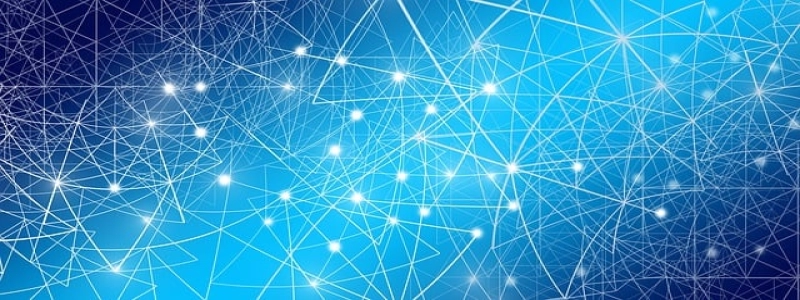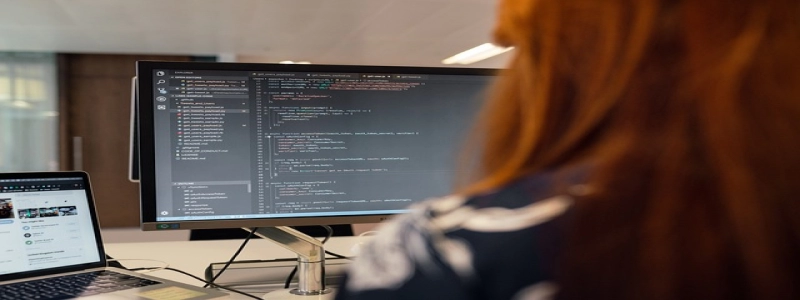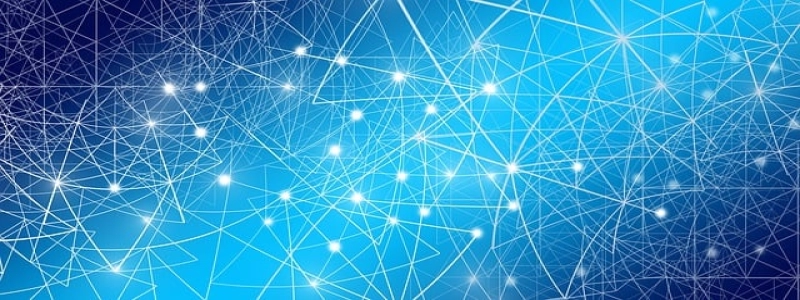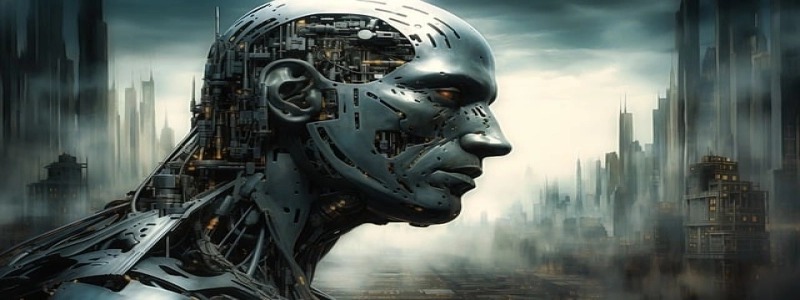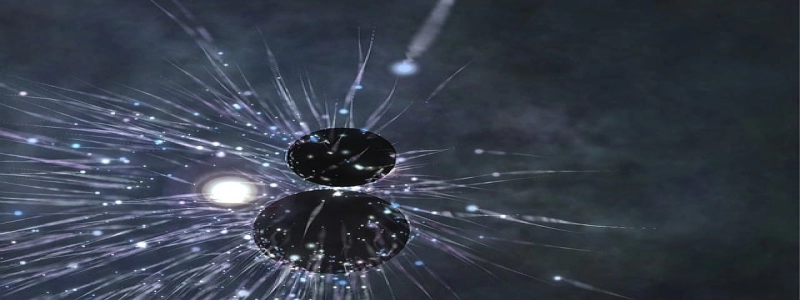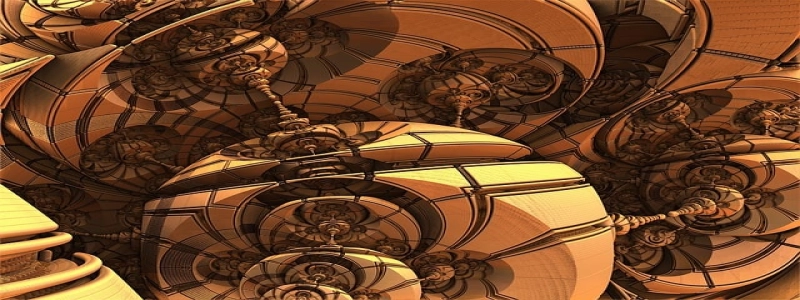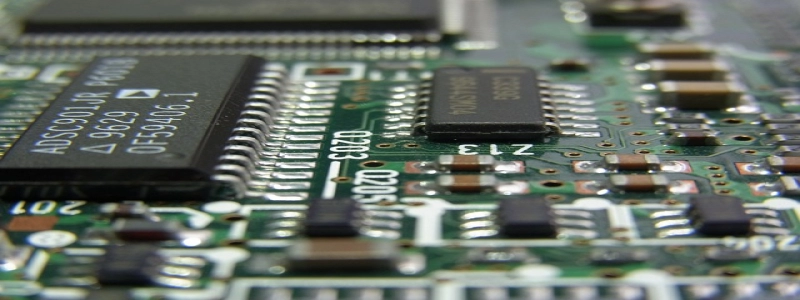Fiber Optic Cable Ends
介紹:
Fiber optic cables have revolutionized the world of telecommunications and data transmission due to their superior capabilities and efficiency. These cables consist of thin strands of glass or plastic, known as optical fibers, which transmit light signals to transmit data over long distances. At each end of a fiber optic cable, there are specific components and connectors that play a crucial role in establishing the connection and ensuring efficient data transfer. 在本文中, we will delve into the various components and connectors found at the ends of fiber optic cables and their significance in maintaining signal integrity.
我. Fiber Optic Cable Ends Components:
1. Fiber Core:
The core of a fiber optic cable is the central part through which light signals pass. It is typically made of either glass or plastic and is responsible for guiding and transmitting the light signals. The size and composition of the fiber core affect the cable’s bandwidth and the distance it can transmit signals effectively.
2. Cladding:
The cladding is a layer that surrounds the fiber core. It has a lower refractive index than the core, which helps to keep light signals within the core and prevents them from leaking out. This cladding layer enables efficient light transmission by using total internal reflection.
3. Coating:
The coating is a protective layer applied to the cladding. It is usually made of polymer materials, such as acrylate or silicone, and serves to protect the fibers from moisture, chemicals, and physical damage. The coating also helps prevent bending-induced signal loss and reduces overall cable attenuation.
二. Fiber Optic Cable Connectors:
1. SC連接器:
The SC (Subscriber Connector) connector is a popular type of fiber optic connector. It features a square-shaped connector body and uses a push-pull mechanism for insertion and removal. The SC connector provides excellent insertion loss performance and is commonly used in telecommunications and data networks.
2. LC連接器:
The LC (Lucent Connector) connector is a small, high-density fiber optic connector. It has a smaller form factor than SC connectors and is popular in environments where space is limited. The LC connector’s design allows for easy and efficient insertion and removal without the need for tools, making it widely used in data centers and high-density applications.
3. ST連接器:
The ST (Straight Tip) connector is a bayonet-style connector commonly used for multimode fiber optic cables. It features a twist-lock mechanism for secure connections and is known for its durability. The ST connector is often used in networking and industrial applications.
4. FC連接器:
The FC (Ferrule Connector) connector is a screw-on type connector that provides a stable and reliable connection. It is commonly used in high-vibration environments due to its threaded design, ensuring a secure and tight connection. The FC connector is widely used in telecommunication systems and offers low insertion loss and high return loss.
結論:
Fiber optic cable ends are an integral part of the overall fiber optic communication system. The components such as the fiber core, cladding, and coating ensure efficient transmission of light signals and protect the fragile optical fibers. The various connectors, including SC, 液相層析, ST, and FC connectors, play a vital role in establishing reliable connections at the ends of fiber optic cables. Understanding the components and connectors used in fiber optic cable ends is crucial to maintaining signal integrity and achieving optimal performance in telecommunications and data transmission.
